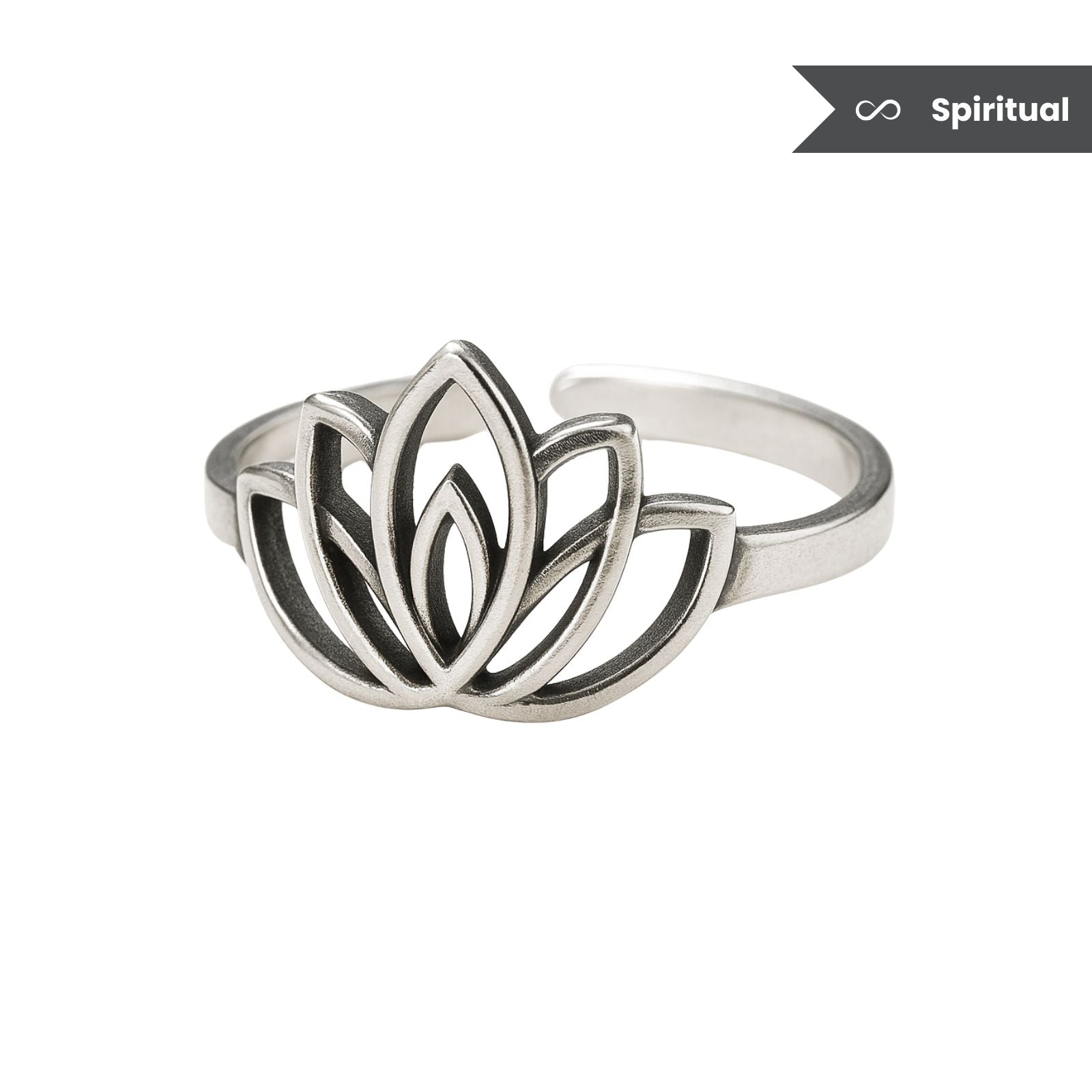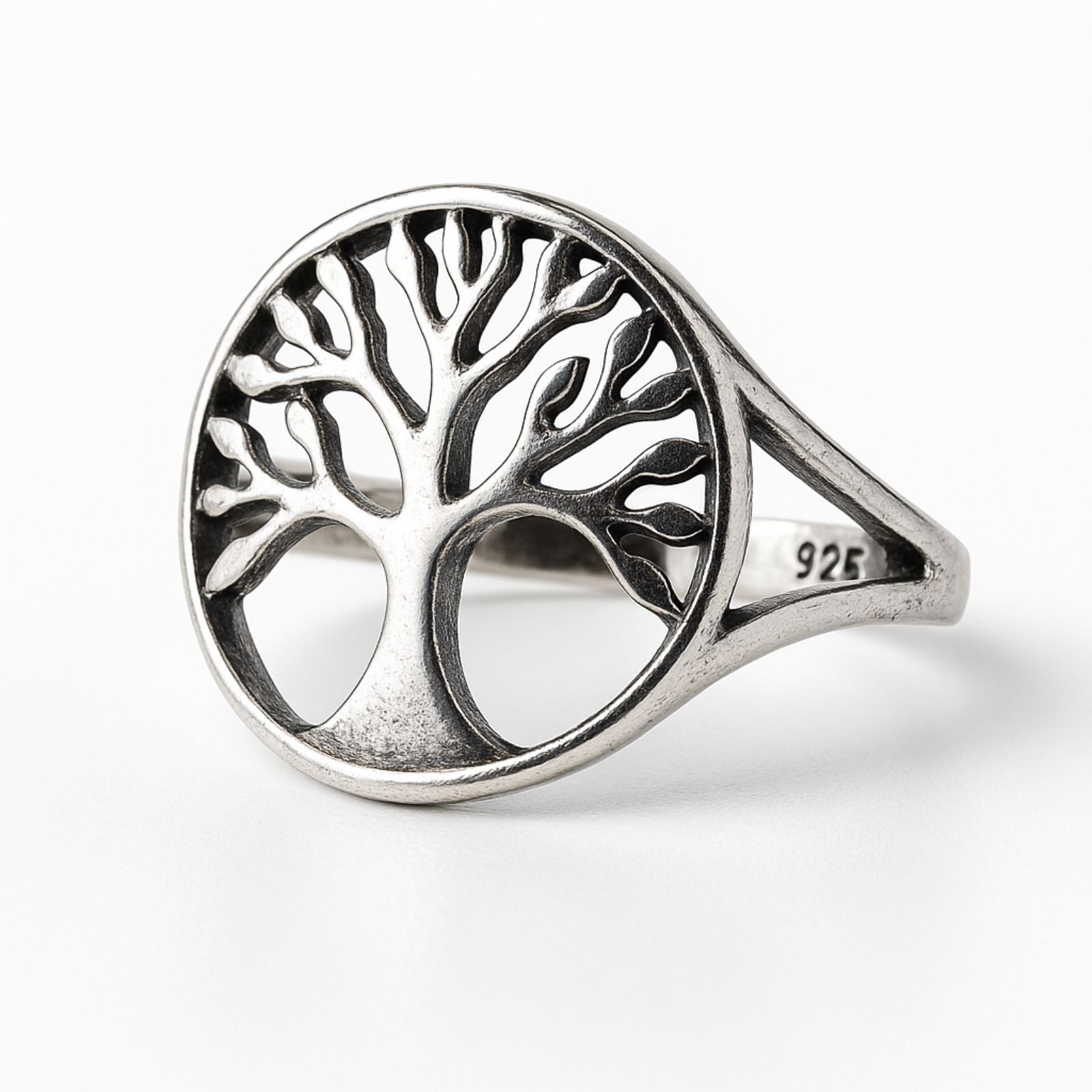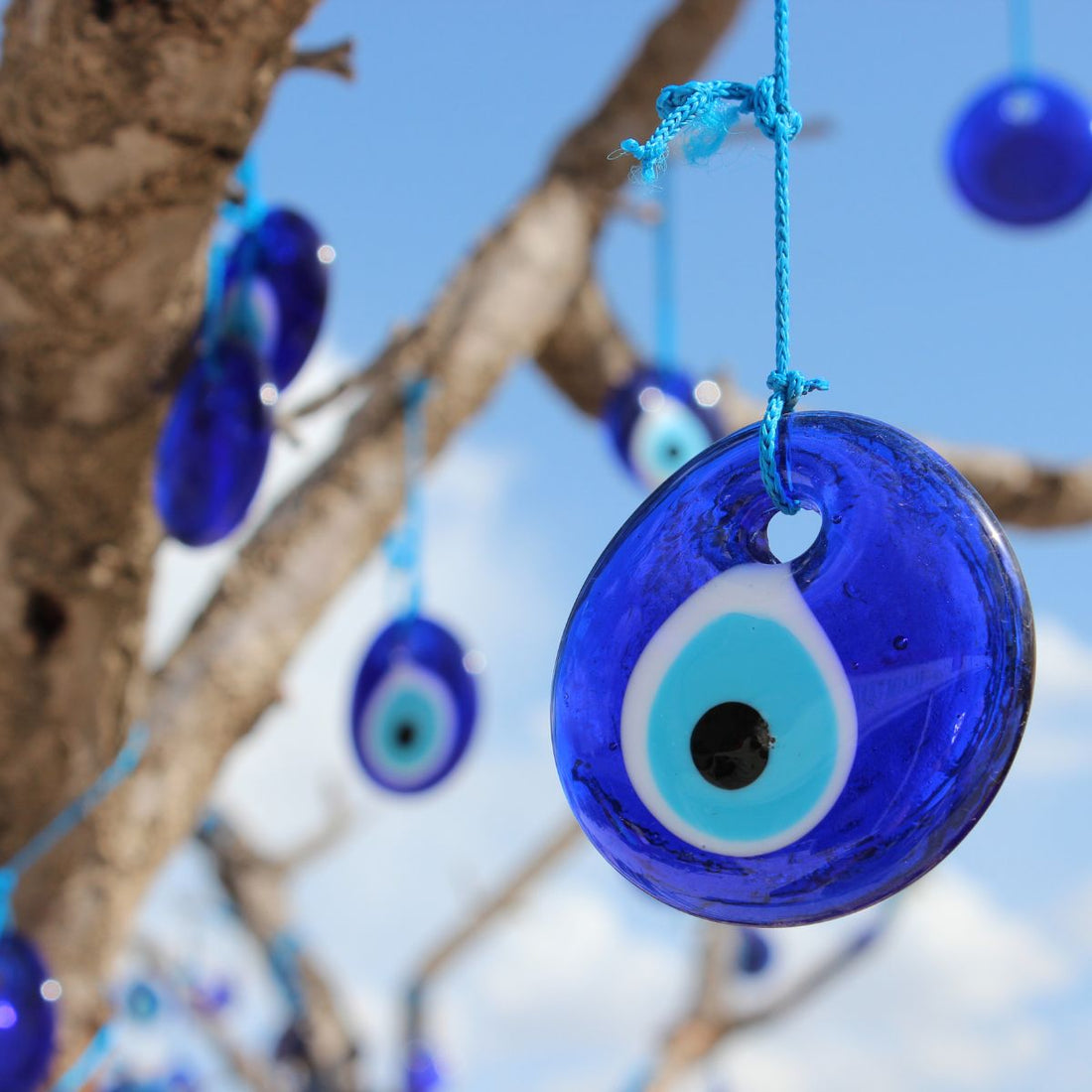Charms have followed humanity for millennia. Worn, carried, or placed in sacred spaces, they’ve served as protectors, symbols of faith, tokens of love, and tools for intention. In today’s world, they exist not only in spiritual or religious spaces but also in psychology, wellness, and personal growth.
Do they really “work”? That depends on how you define "work." Science, culture, and personal belief all weigh in — and what they tell us is compelling.
A Timeline of Charms: Where History Meets Symbolism
Ancient Egypt was arguably the birthplace of the modern charm. Amulets in the shape of scarabs were believed to offer protection and eternal life. Pharaohs were buried with dozens, each representing a different divine power. The *Book of the Dead* often referenced these items as part of the soul's journey.
“The amulet of the heart shall be placed in the tomb; it shall not speak against me in judgment.” — Egyptian Book of the Dead
Ancient Rome: Soldiers carried phallic pendants (fascinum) to ward off the "evil eye" and bad luck. Children often wore "bulla"—protective lockets—to guard them against harm.
India & Tibet: Mala beads have been used for centuries in meditation and prayer, each bead helping practitioners stay focused on mantras. Rudraksha seeds were considered powerful in Hindu tradition, believed to connect the wearer to divine energy.
West Africa: In Yoruba tradition, "gris-gris" bags filled with herbs, stones, or animal parts are still worn today for protection or prosperity.
Europe (Middle Ages): Christian pilgrims carried relics, saints' medals, or crosses believed to offer divine protection. Martin Luther, though a theologian, noted:
“Whatever your heart clings to and confides in, that is really your god.”
Charms and the Human Mind: The Psychology Behind the Symbol
Modern psychology offers a clear lens into "why" charms continue to hold power — and it has everything to do with the mind.
1. The Placebo Effect is Real
Harvard psychologist Ted Kaptchuk, in a 2010 study, found that patients given placebo pills knew they were fake — yet still reported reduced symptoms. The key? Ritual and belief.
Charms, similarly, activate psychological triggers. Touching a charm before a test or performance can anchor us, reduce anxiety, and improve performance. In essence: if you believe it helps, it probably will.
“The moment one definitely commits oneself, then providence moves too.” — Johann Wolfgang von Goethe
2. Charms as Anchors for Intention and Focus
In behavior psychology, objects with emotional significance are known as *anchors*. They can instantly bring back a memory, emotion, or mental state. For example:
* A charm bracelet gifted by a parent may give comfort during a stressful time.
* A stone from a trip might remind you of confidence or peace.
* A symbolic pendant — such as the Tree of Life or a yin-yang — becomes a visual mantra.
Olympic swimmer Michael Phelps famously used pre-race rituals, including lucky items, to enter a focused mindset. While not all were traditional “charms,” the effect was the same: object meets intention equals mental shift.
Do Charms Influence Energy? Science Meets Spirituality
Eastern traditions long believed that physical objects can store or emit energy. Crystals, metals, and herbs have been assigned energetic properties:
* Amethyst for clarity
* Black tourmaline for protection
* Citrine for abundance
While western science doesn't yet confirm energy fields in objects, it does support the psychosomatic impact — where belief, emotion, and environment can affect physiology.
“Energy cannot be created or destroyed, it can only be changed from one form to another.” — Albert Einstein
Whether interpreted spiritually or psychologically, charms may subtly affect how we feel and behave.
---
Famous Believers in Charms
History is full of people — skeptics and believers alike — who placed serious value on charms and symbols:
* Napoleon Bonaparte carried a lucky coin into every battle.
* Franklin D. Roosevelt was said to carry a rabbit’s foot in his pocket during World War II.
* Winston Churchill wore a special gold signet ring engraved with family symbols, reportedly never removing it during the war.
* Carl Jung, father of analytical psychology, believed in the power of symbols:
“The symbol always points beyond itself to something not yet known.”
Even in modern times, CEOs, artists, and performers carry small tokens — from saints’ medallions to quartz crystals — for focus and grounding.
---
Charms in the 21st Century: Intention Over Superstition
In today's world, the role of charms is shifting. Less about superstition, more about mindful symbolism.
Modern charm users include:
* Entrepreneurs who wear success symbols like arrows, bees, or coins.
* Artists who keep inspiration tokens — feathers, stones, or words — near their workspaces.
* Wellness communities that embrace healing crystals and mantra jewelry as tools for mindfulness.
Social media platforms like Instagram and Etsy are flooded with charm makers, many emphasizing empowerment, not superstition. It's not about "luck" anymore — it's about meaning.
---
How to Use a Charm in a Grounded, Powerful Way
You don’t need to believe in magic. You just need to believe in your own focus.
Here’s how to make a charm part of your mindset practice:
1. Choose Intentionally: Let the symbol resonate with a goal or value — peace, courage, truth, resilience.
2. Create a Ritual: Hold it in the morning. Wear it when nervous. Set a weekly intention with it.
3. Respect the Reminder: Every time you see it, let it bring you back to your purpose.
---
Final Word: Symbols Speak Louder Than Words
We are, by nature, symbol-makers. Whether carved into cave walls, tattooed on skin, or strung around our necks — we assign meaning to the physical. Charms are part of that lineage. Not superstitions to fear, but signals to focus our attention, sharpen our mindset, and embody the qualities we want to live by.
“Things do not have meaning. We assign meaning to everything.” — Tony Robbins
So find your symbol. Give it meaning. And let it remind you that the power isn’t in the charm — it’s in you.
Further Reading:
The Symbolism of the Sacred* by Mircea Eliade
The Power of the Placebo Effect* – Harvard Health Publishing
Man and His Symbols by Carl Jung
Crystals for Energy Protection* by Judy Hall






